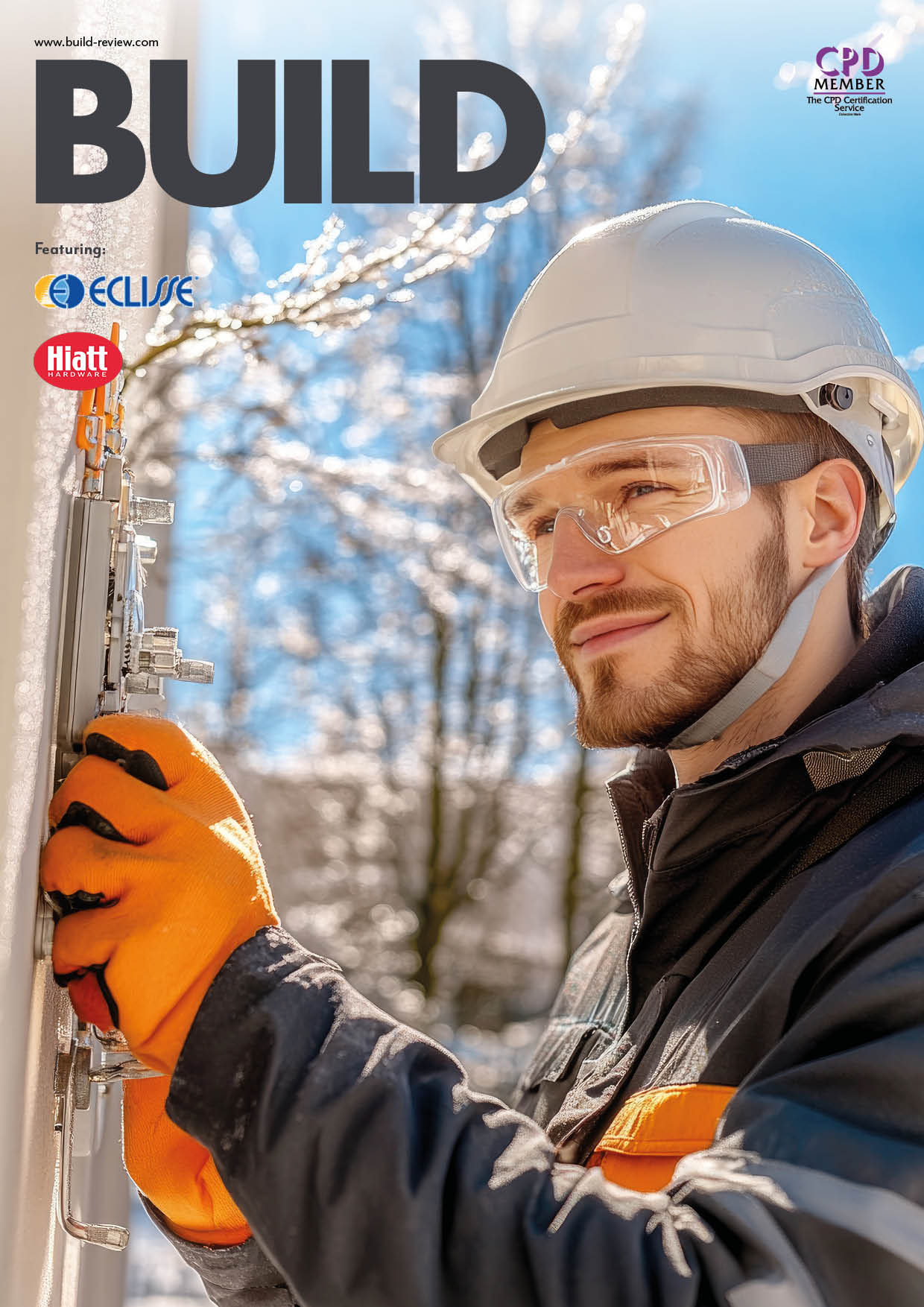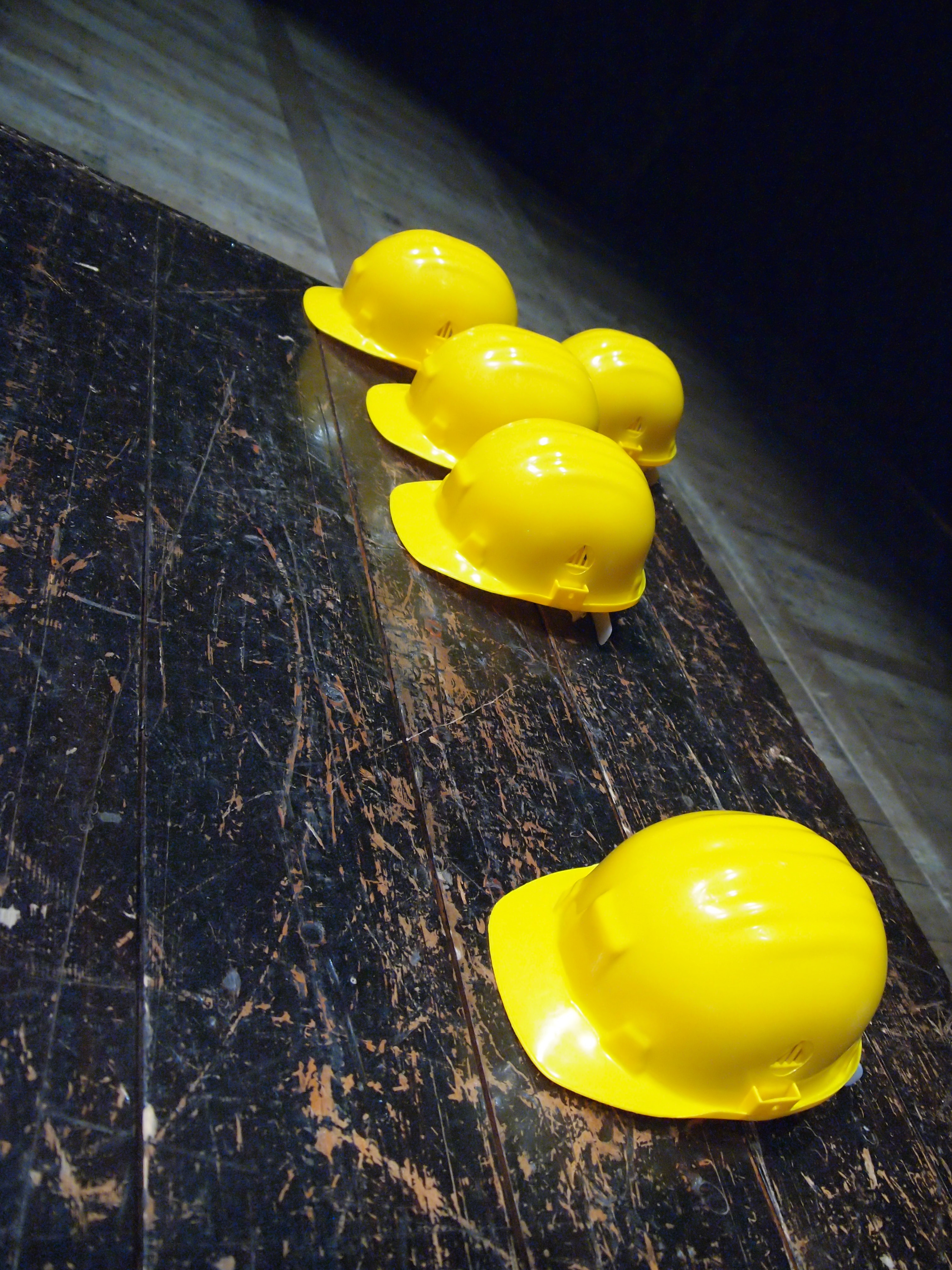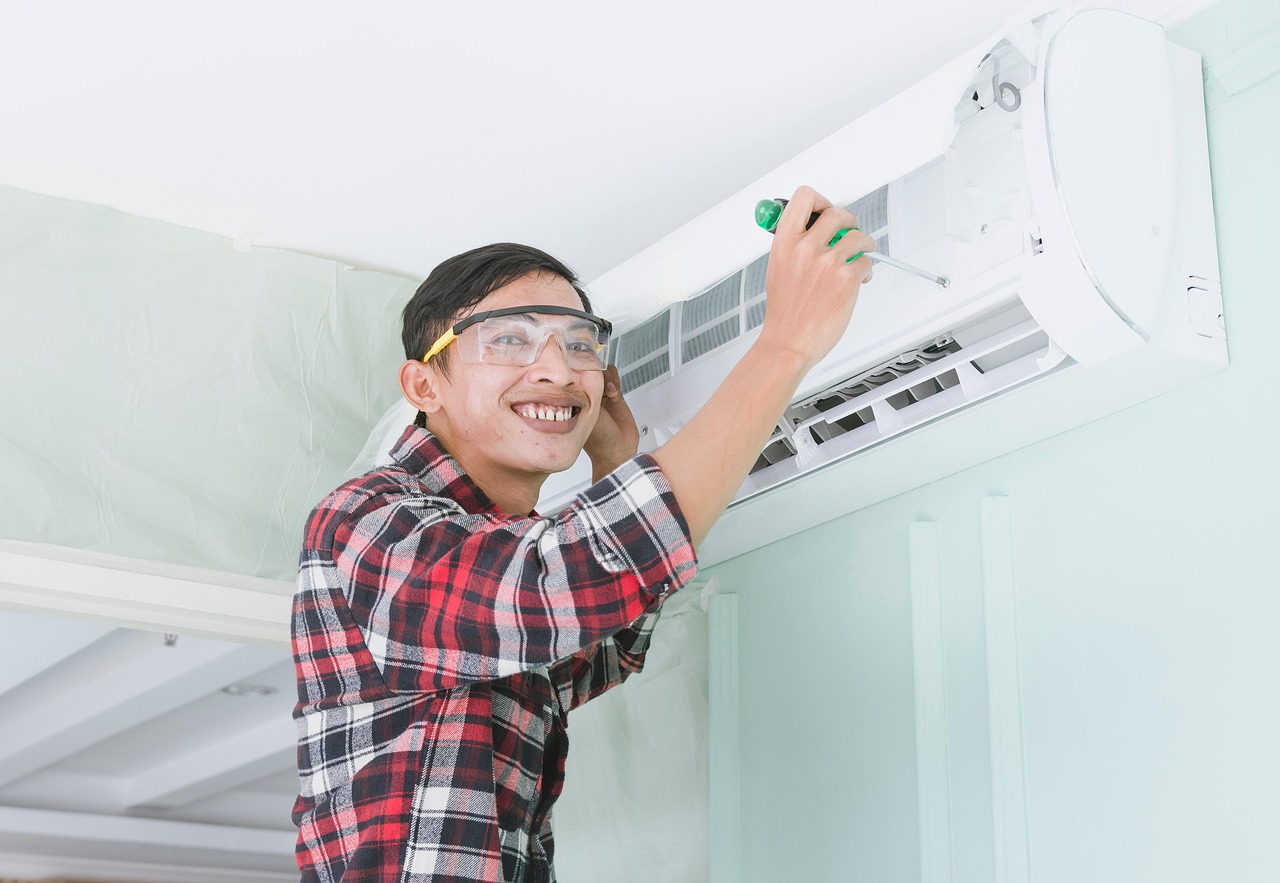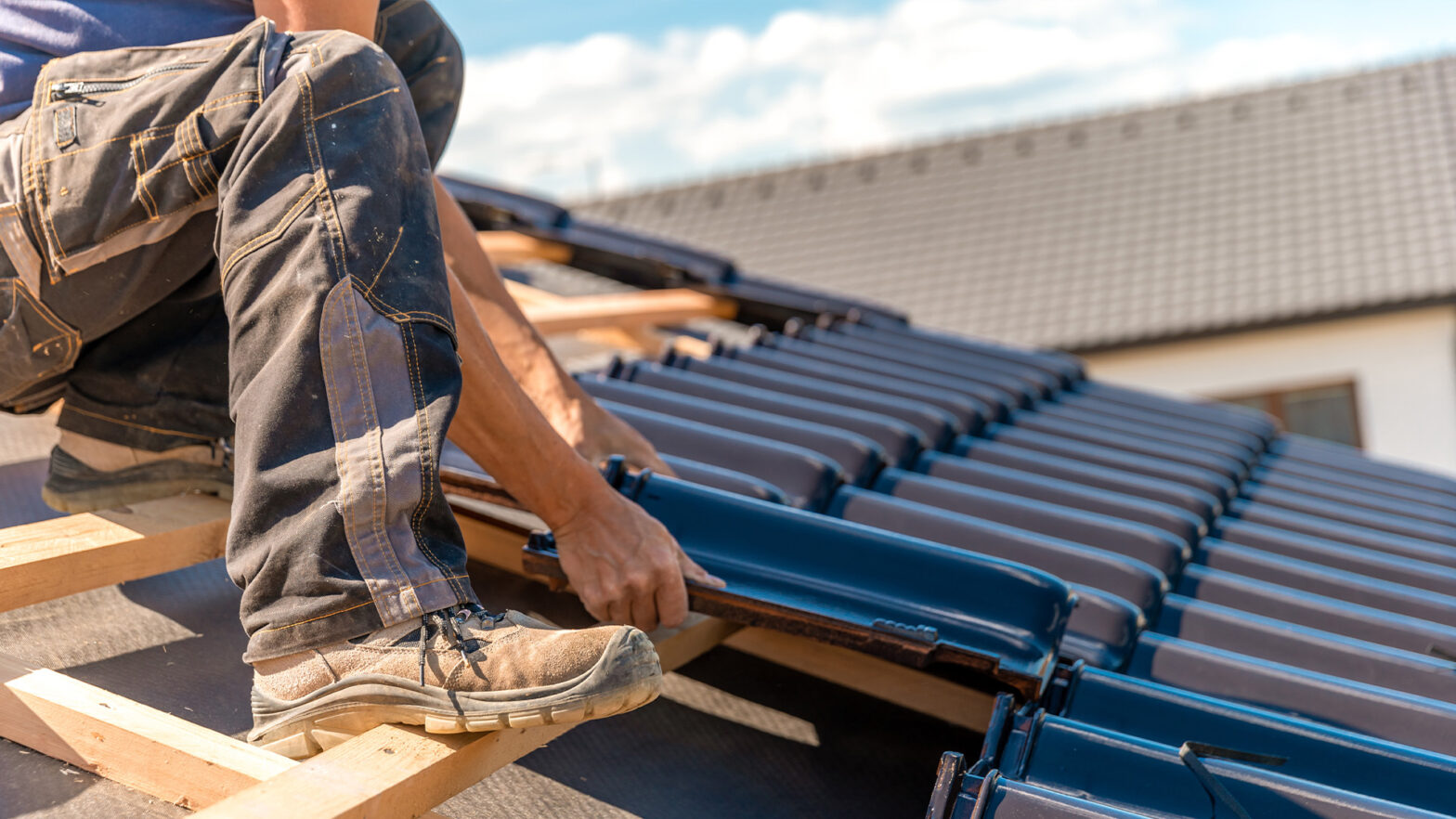People often prefer wall-split AC units and ceiling-up AC units for cool air. With the proper maintenance, such systems can work throughout their lifetime. This guide will provide crucial maintenance tips to ensure your unit functions optimally, ensuring comfort and energy efficiency.
Understanding the Basics
Installing a wall-mounted air conditioning unit saves space in smaller rooms. It is also the key to knowing how your AC works for proper maintenance. These systems usually include an outdoor and an indoor unit. The indoor unit cools the air, and the outdoor system releases the heat it absorbed from the home. Both need regular maintenance to work best.
Regular Cleaning of Filters
Air quality is essential, and filters are an important part of this. Filters build up dust and dirt with time and cut down on airflow. You should clean or replace your filters once a month. A clean filter dramatically improves performance and extends the life of the unit. For allergy sufferers, a clean filter will help keep the home’s air quality pristine.
Inspecting the Coils
The evaporator and condenser coils get dirty over time. Grime hinders their capacity to retain heat, which in turn affects performance. Please examine these coils annually and clean them as needed. Light brushing or vacuuming often eliminates the surface dust, which helps the coils work at peak condition. Dirty coils can use more energy if left uncleaned.
Clearing the Condensate Drain
A blocked condensate drain can cause humidity or water damage in the home. It is always beneficial to inspect the drain to ensure no obstructions. You can avoid potential problems by using a stiff wire to clear a possible blockage.
Checking the Thermostat
It also indicates comfort to the thermostat, which controls the temperature. Occasionally, it may require recalibration. Regular testing ensures its proper operation. Adjusting the thermostat settings could solve the issue if the unit runs slowly. Upgrading to a thermostat that you can program could also improve efficiency.
Examining the Outdoor Unit
The outdoor aspect also needs attention. Ensure the surrounding area is clean of debris, leaves, or vegetation. Clearance is based on adequate airflow, which is essential for effective operation. Inspect condenser fins; if any are bent, use a fin comb to straighten them up. This procedure will promote better airflow.
Listening for Unusual Noises
Unusual sounds might indicate problems. By listening more closely, you can spot potential trouble before it starts. Any rattling, buzzing, or grinding sound is distinctive and needs immediate attention. Tending to it immediately means avoiding severe damage. If the sounds continue, you may need to call a professional.
Ensuring Proper Insulation
Proper insulation helps keep the temperature stable. Inspect the insulation surrounding the refrigerant lines to prevent damage. Worn insulation allows energy to escape. Newer insulation will be better insulated, increasing energy efficiency and lowering energy costs.
Scheduling Professional Maintenance
Regular checks and cleaning can also be done at home, but professional maintenance is necessary. A technician can detect things that might not be noticeable. If scheduled periodically, a service appointment ensures that every part works properly. They can also recharge refrigerant, as needed, to keep everything cool.
Energy Efficiency Considerations
An HVAC system that operates efficiently uses energy effectively, which cuts down on costs. Closing curtains during the warmest parts of the day can lower the unit’s workload. Fans can also improve air circulation. Small changes in routine can bring down electricity consumption to a point.
Conclusion
Wall ACs require proper maintenance for longevity and efficiency. Frequent cleaning, examinations, and professional inspections help keep the system running at its peak performance. Following these guidelines can provide homeowners with dependable cooling and lower energy costs. Continuous maintenance leads to a secure home space that is free from sudden breakdowns or expensive repairs.




























